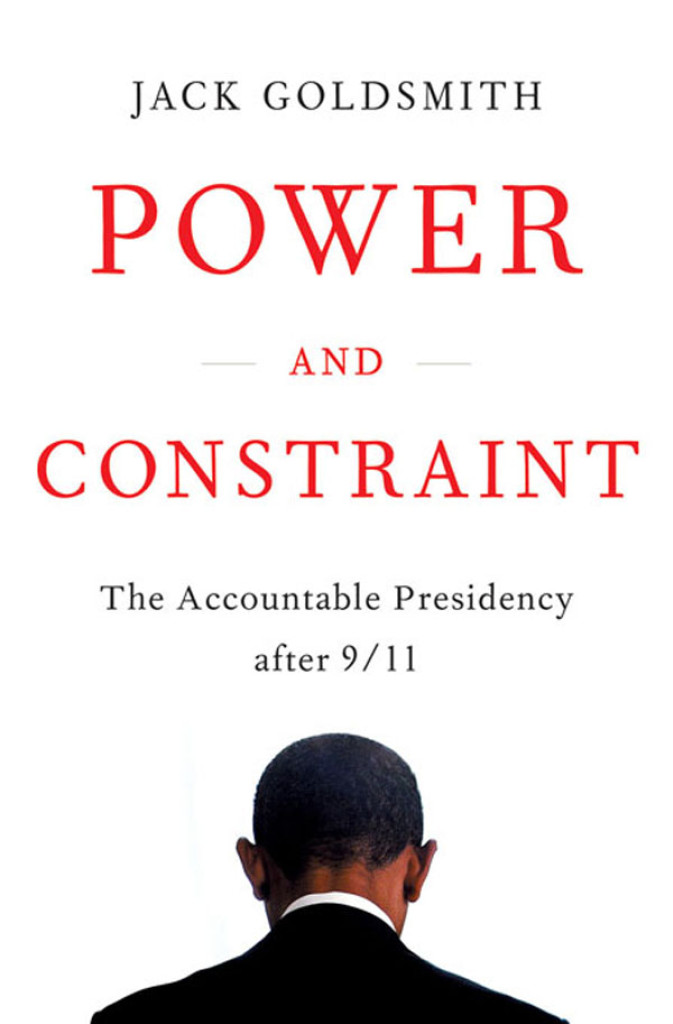Power and Constraint: The Accountable Presidency After 9/11 by Jack Goldsmith

Author:Jack Goldsmith [Goldsmith, Jack]
Language: eng
Format: epub
Tags: American Government, Political Science, Executive Branch
ISBN: 9780393081336
Google: Yi5-9bVd3YEC
Publisher: W. W. Norton & Company
Published: 2012-03-12T21:11:43+00:00
Chapter Six
THE GTMO BAR
MICHAEL RATNER NEVER IMAGINED he would spark a judicial revolution that would bring the Commander in Chief to grief over terrorist detention. Ratner is the bald, bespectacled, sixty-eight-year-old president of the Center for Constitutional Rights (CCR), a far-left legal advocacy organization founded in the 1960s by the self-described “radical” civil rights lawyer William Kunstler and other civil rights attorneys.1 Over the years, the CCR represented the Attica rioters, the Chicago Eight, Puerto Rican National Liberation members, the Nicaraguan contras, Black Panther Minister of Justice H. Rap Brown, and assorted other “violent radicals, Communist front-groups, cop-killers, and sworn enemies of the United States,” in the words of conservative critic Marc Thiessen.2 Ratner and the CCR lost most of their cases, but they won a few, sometimes setting landmark precedents. “What’s the purpose of going along with the status quo?” Ratner would ask. “The government has enough paid people to do their dirty work.”3
Reading the New York Times in his Greenwich Village apartment on the morning of November 14, 2001, Ratner learned that President Bush had issued “Military Order Number 1.”4 He was stunned to read that the Commander in Chief had unilaterally created military commissions and asserted the power to detain any noncitizen deemed a terrorist. But what outraged him most was an obscure provision near the end of the order providing that a detainee “shall not be privileged to seek any remedy or maintain any proceeding [in] any court of the United States.” Ratner thought this provision illegally abolished habeas corpus, the ancient writ protected in the Constitution that allows a prisoner to challenge the legality of his detention before a court. “I felt as if there had just been a coup d’etat in America,” Ratner thought at the time. “It was a watershed moment for a country that I still thought had some semblance of a democracy and some adherence to the principle that Presidential authority was under law.”5
Ratner had made a career out of representing unpopular clients, and he immediately thought that the CCR must represent the first person detained under the order. But when he and his staff met later that morning at CCR headquarters just twenty blocks from the still-smoldering 9/11 ruins, they hesitated. “We were all extremely concerned that we might be representing the conspirators who were involved in 9/11,” Ratner later recounted.6 Some in the CCR worried about the effect on fund-raising. Some worried how representing terrorists would serve the CCR’s aims of using law to promote progressive social change. And some worried that it might be personally dangerous to represent the terrorists. After a week of intense deliberation, the organization decided to go forward and seek clients. “The issue of denying habeas corpus was so fundamental that no matter what, we had to do the case,” Ratner later explained. The CCR president had bucked himself up and rallied his troops by reminding everyone of the organization’s refusal to represent Yusef Salaam, one of five young black men arrested in 1989 for raping Trisha Meili, the white Central Park jogger.
Download
This site does not store any files on its server. We only index and link to content provided by other sites. Please contact the content providers to delete copyright contents if any and email us, we'll remove relevant links or contents immediately.
| Anthropology | Archaeology |
| Philosophy | Politics & Government |
| Social Sciences | Sociology |
| Women's Studies |
The Secret History by Donna Tartt(18785)
The Social Justice Warrior Handbook by Lisa De Pasquale(12098)
Thirteen Reasons Why by Jay Asher(8758)
This Is How You Lose Her by Junot Diaz(6720)
Weapons of Math Destruction by Cathy O'Neil(6099)
Zero to One by Peter Thiel(5650)
Beartown by Fredrik Backman(5565)
The Myth of the Strong Leader by Archie Brown(5390)
The Fire Next Time by James Baldwin(5215)
How Democracies Die by Steven Levitsky & Daniel Ziblatt(5104)
Promise Me, Dad by Joe Biden(5048)
Stone's Rules by Roger Stone(5000)
100 Deadly Skills by Clint Emerson(4815)
A Higher Loyalty: Truth, Lies, and Leadership by James Comey(4813)
Rise and Kill First by Ronen Bergman(4669)
Secrecy World by Jake Bernstein(4608)
The David Icke Guide to the Global Conspiracy (and how to end it) by David Icke(4571)
The Farm by Tom Rob Smith(4412)
The Doomsday Machine by Daniel Ellsberg(4386)
